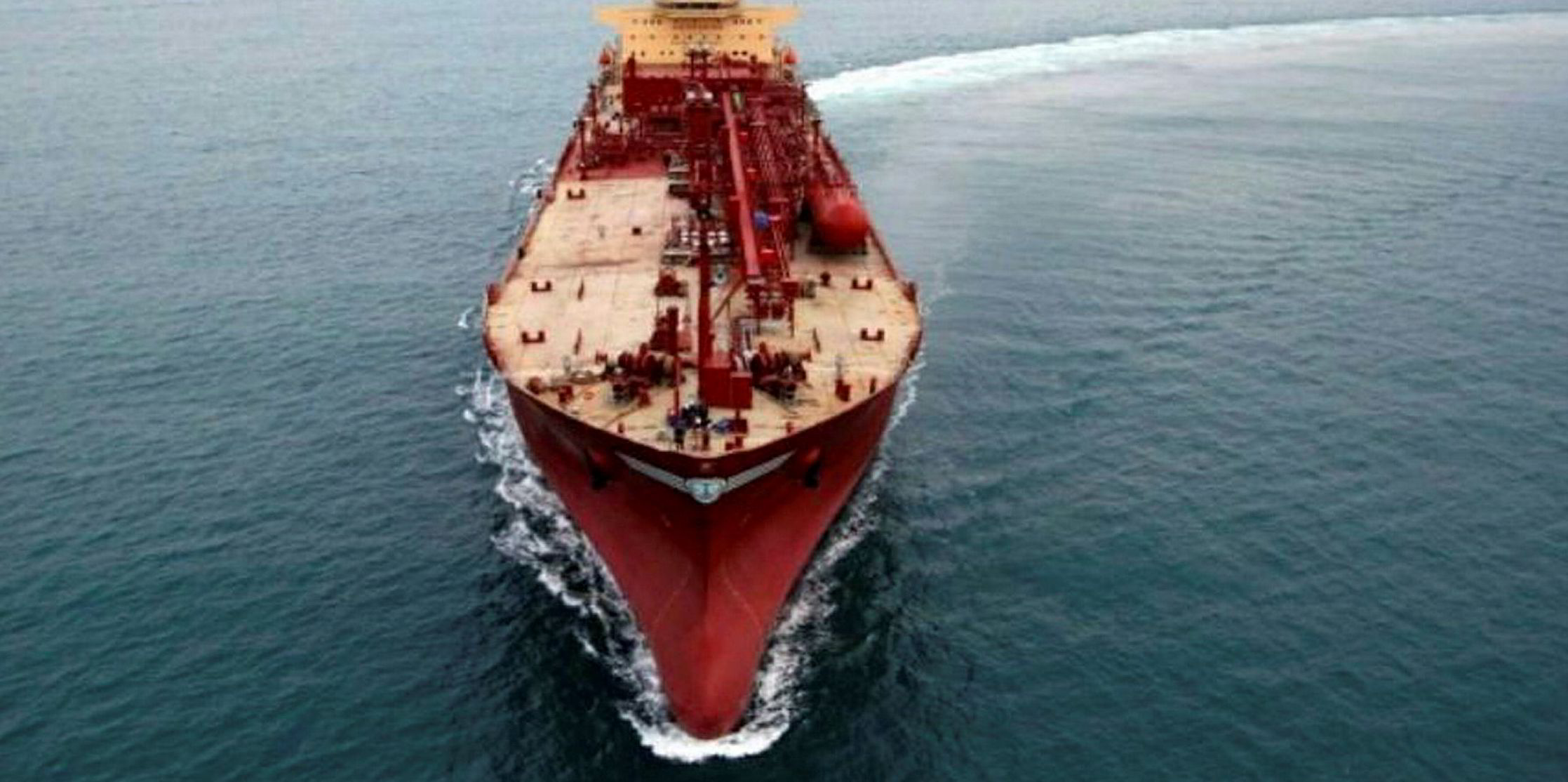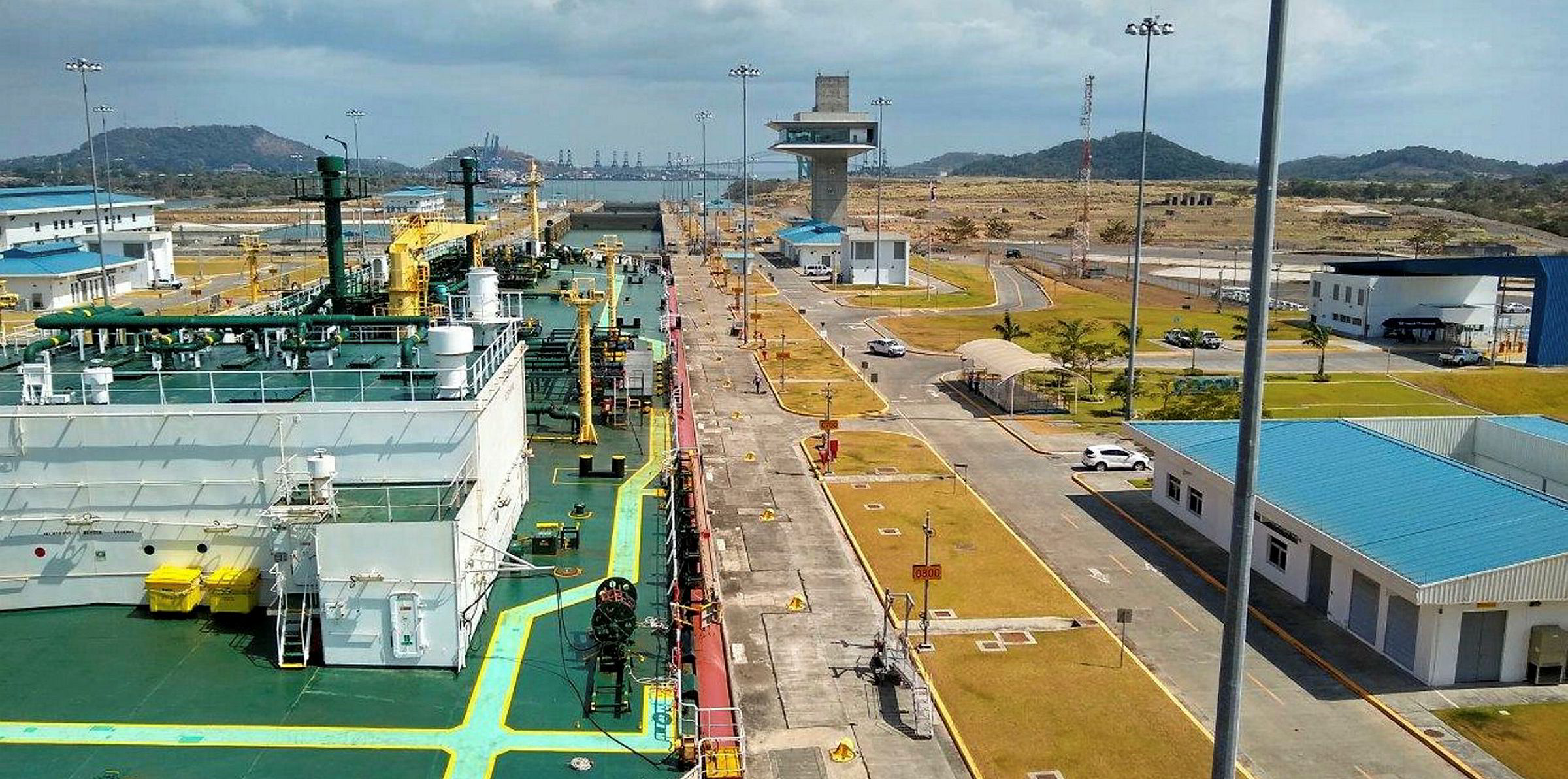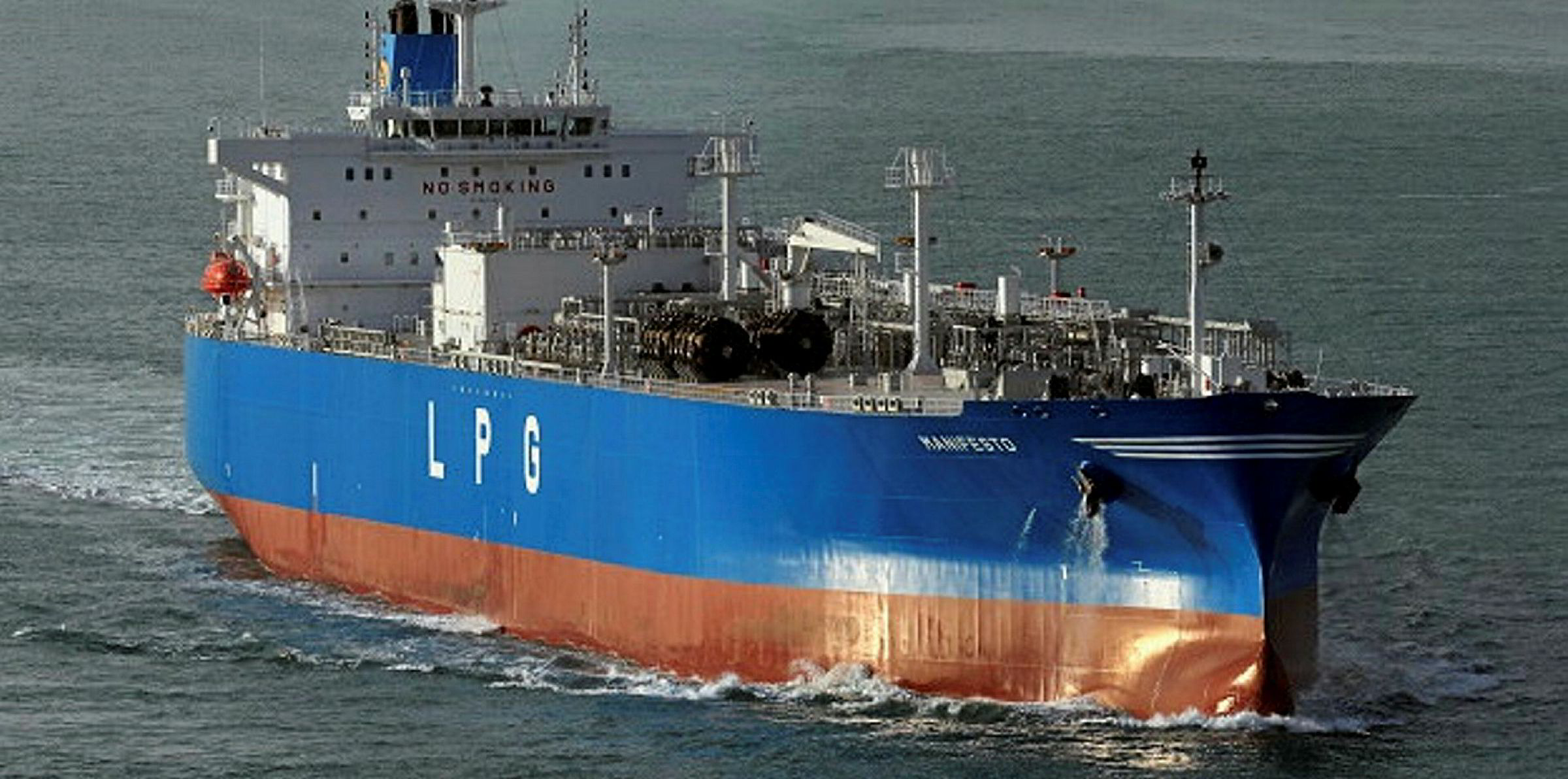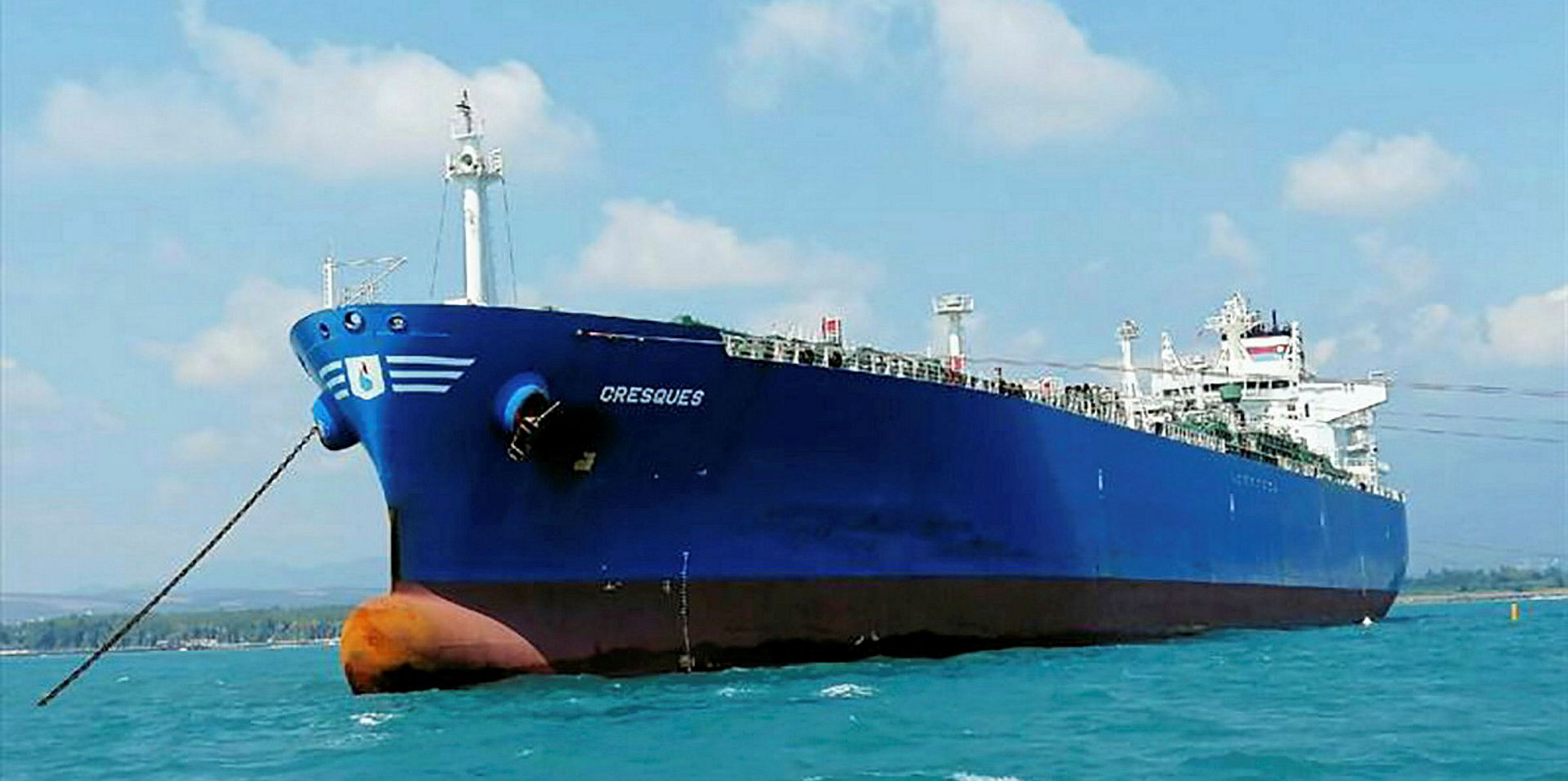The July fixing window for VLGCs is looking tricky for shipowners as spot rates continue to fall.
Brokers have identified about 15 free LPG carriers constituting an "overhang" from June.
Cleaves Securities, an investment bank, assessed that rates are down 17% on the week at $9,600 per day, edging closer to operating cost levels of between $7,000 and $8,000.
This is lower than the same week of any of the previous three years.
Fearnley Securities said rates have continued their downward trajectory, albeit at a slower pace than seen in recent weeks.
Bearish sentiment
The latest spot assessment for the Baltic Exchange's Middle East Gulf (MEG) to Japan route sits at $27.40 per tonne, the equivalent of $15,000 per day, down 2% from last week and 55% on the month.
"In the western market there has been few changes from last week, with the bulk of players remaining bearish on freight rates," Fearnley said.
"In the Middle East Gulf, there have been several free-on-board tenders discussed on top of term cargoes."
Downgrade in the offing
Rates were as high as $60,000 per day in April.
Fearnley said the recovery of the LPG freight market largely hinges on the trajectory of a potential US natural gas liquids recovery, which remains very challenging to predict.
"On the demand side, there are some talks of Asian crackers switching to LPG on the back of recent price moves," it added.
Flexible crackers normally switch when LPG is priced at about 90% of naphtha.
Cleaves said: "Activity is limited in both MEG and ex-US. Higher oil price has induced some positivity towards increasing activity on US shale, but the regional LPG price differential US/Far East is still unsupportive of seaborne transportation."
Its second and third-quarter forecasts are under review for downgrade, the firm added.
TradeWinds reported last week that initially trade for large LPG carriers was cushioned from the early Covid-19-induced demand falls of 30% from China by increased buying by other countries, such as Taiwan, Japan and then India, where government aid gave a boost to LPG imports.
More than half of Asian LPG demand is for residential use, but in Europe, imports are mostly used in the petrochemicals sector, and here demand fell away sharply from the outset.
Now, in what is a largely supply-driven sector, attention has turned to the US, where the talk is of cuts to shale oil and gas production.







